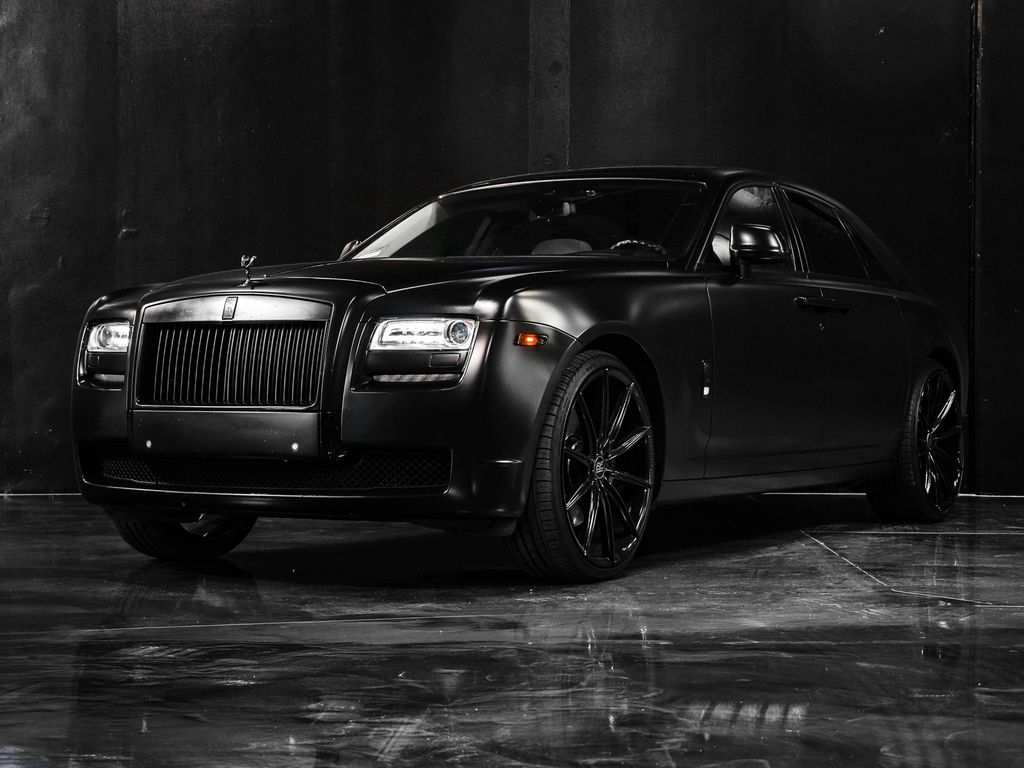
The automotive landscape is undergoing a significant transformation, with electric vehicles (EVs) increasingly presented as the future of personal transport. Yet, a recent study by McKinsey & Co.’s Mobility Consumer Pulse has unveiled a surprising and concerning trend: nearly half of EV owners globally are experiencing buyer’s remorse, with 46% of those polled in the U.S. indicating they are “very likely” to switch back to a combustion engine for their next vehicle purchase. This statistic has ignited widespread discussion, challenging the conventional wisdom that once drivers go electric, they rarely look back.
This sentiment, while stark, highlights a reality far more nuanced and complex than often portrayed. Philipp Kampshoff, who leads McKinsey’s Center for Future Mobility in the Americas, emphasized that while it’s crucial not to get “stuck on that headline,” the data serves as “a bit of a clear warning signal that we need to fix these issues quickly.” The journey toward widespread EV adoption faces substantial hurdles, particularly as the market expands beyond early adopters—typically wealthier, single-family homeowners who often purchased Teslas and were more forgiving of initial inconveniences.
Today, the electric transition is attempting to reach a more mainstream crowd: lower- and middle-income buyers, families, and those seeking practical everyday cars. These new converts are encountering a tougher situation, especially regarding range anxiety and public charging infrastructure. The pain points driving this buyer’s remorse are not just minor inconveniences; they are fundamental operational and financial challenges that demand immediate attention from automakers, dealers, and charging companies alike. Understanding these letdowns is crucial for ensuring the sustained momentum of electric mobility.

1. **Lack of Public Charging Infrastructure**
One of the most frequently cited grievances among EV owners contemplating a return to traditional vehicles is the glaring inadequacy of public charging infrastructure. A significant 35% of survey respondents explicitly named this as their main gripe, with an even higher 40% specifically pointing to the scarcity of charging stations along highways. This isn’t merely about the number of chargers; it’s about their strategic placement and density, particularly in areas crucial for long-distance travel.
For many new EV owners, the expectation is a seamless transition from gas stations to charging stations. However, the current reality falls far short. Unlike the ubiquitous and predictable network of fuel pumps, public EV chargers, especially fast chargers, remain sporadically distributed, making journey planning an exercise in navigating uncertainty. This often leads to detours and wasted time, a frustration that traditional vehicle owners simply do not encounter.
This gap in infrastructure is particularly acute for the growing demographic of mainstream buyers who rely heavily on public charging. As Kampshoff noted, they “probably use their car very similar to the way they’ve used a car before, just by going to public infrastructure. Before, you went to a gas station, and now you’ve got to use a charger. But now they’re realizing, that’s not so easy.” This unfulfilled expectation is a significant driver of dissatisfaction, challenging the practicality of EV ownership for many.
The lack of readily available and conveniently located charging options directly contributes to range anxiety, turning what should be a routine trip into a source of stress. Until a robust, widespread, and dependable public charging network is established, this fundamental issue will continue to undermine consumer confidence and hinder broader EV adoption, pushing hesitant buyers back to the familiarity of internal combustion engines.
Read more about: Boomer Vehicles? Nah: 15 Wild Reasons Younger Generations Are Saying ‘Hard Pass’ To Car Ownership

2. **Extended Charging Times**
A stark contrast to the brief minutes spent at a gas pump, the time commitment required for charging an electric vehicle is another major source of buyer’s remorse. As noted in the context, “charging the vehicle takes far more time than simply stopping at the pump.” This fundamental difference impacts the daily routines and expectations of EV owners, particularly those accustomed to the instantaneous gratification of traditional refueling.
Even with the advent of faster charging technologies, topping off an EV battery still involves a considerably longer stop compared to a conventional car. This means drivers must factor in significant wait times, especially on public chargers, which can disrupt schedules and add unexpected delays to trips. This shift from a quick, transactional refueling process to a lengthier, more deliberate charging ritual requires a significant behavioral adjustment that not all owners are prepared for or willing to make.
For many, this extended charging duration renders an EV “impractical to use it as a daily vehicle,” especially if their routine involves extensive driving or they lack convenient home charging access. The need to plan around charging cycles, find available stations, and then wait for the battery to replenish can become a substantial burden, eroding the convenience that modern transportation is expected to provide.
This issue underscores a core challenge in the transition to electric mobility: integrating a new energy consumption model into existing lifestyles. While early adopters might have embraced the change, mainstream buyers, especially those with busy schedules and young families, find the time inefficiency a considerable drawback, making the prospect of returning to the quick fill-ups of gasoline vehicles highly appealing.
Read more about: From Zero to Hero (on Screen): The Iconic Cars That Were Only Cool Because of the Movies They Were In

3. **Impracticality for Long-Distance Travel**
The dream of effortless long-distance travel in an electric vehicle remains, for many, an improbable reality, further fueling buyer’s remorse. The context states that for some owners, “A long-distance trip would be improbable” due to the combined challenges of charging time and infrastructure availability. This critical limitation transforms what should be a straightforward journey into a complex logistical exercise, particularly for families.
Range anxiety, the fear of running out of charge before reaching a charging station, becomes significantly “exacerbated” during extended trips. Imagine, as Kampshoff articulated, “having little children in the car and having to do a detour for half an hour to find a fast charger, and it’s not working.” This vivid scenario encapsulates the heightened frustration experienced by drivers, especially those with dependents, when the promise of convenient travel collides with the reality of an underdeveloped and often unreliable charging network.
Planning a road trip in an EV currently demands meticulous research into charging station locations, types of chargers, and potential wait times, turning spontaneity into a luxury. This level of pre-planning is a stark departure from the typical experience with gasoline-powered vehicles, where fuel stations are abundant and accessible along virtually any route. The added stress and unpredictability detract significantly from the enjoyment and practicality of longer journeys.
Mainstream buyers, who expect their vehicles to accommodate all aspects of their lives, including occasional long-haul travel, find this constraint particularly disheartening. If an EV struggles to fulfill the basic function of reliably transporting a family over distances, it inevitably leads to a reevaluation of its overall value and practicality, often culminating in the desire to revert to a more tried-and-true solution.
Read more about: Why Are EV Owners Ditching Their Electric Dreams? 15 Reasons Why Some Are Switching Back to Gas Cars
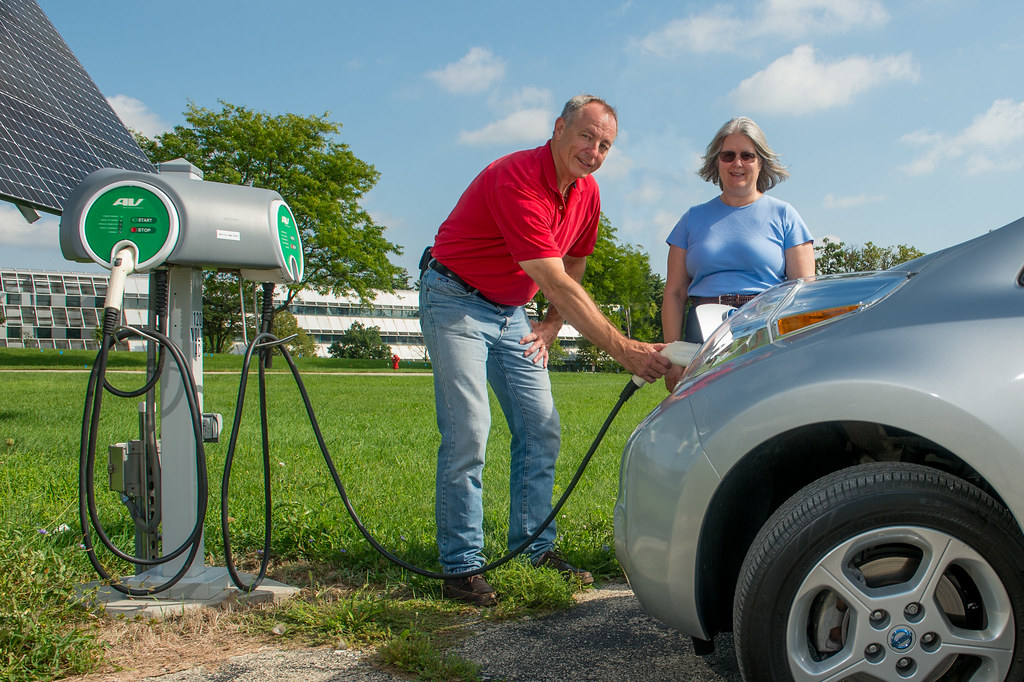
4. **High Initial Purchase Costs**
The financial barrier to entry for electric vehicles continues to be a significant deterrent, directly contributing to buyer’s remorse for a substantial portion of owners. The McKinsey study revealed that “Around 34% of people who made the switch said that costs are far too high.” This reflects a fundamental challenge in making EVs accessible to a broader market beyond affluent early adopters.
While the long-term benefits of reduced fuel costs are often highlighted, the upfront purchase price of many EVs remains considerably higher than comparable internal combustion engine vehicles. This sticker shock can be prohibitive for “lower- and middle-income buyers,” who are increasingly the target demographic for mainstream EV adoption. Even with government incentives, the initial investment often remains a hurdle too high for many families and individuals.
Automakers are attempting to bridge this affordability gap through “aggressive leasing and financing deals for EVs,” signaling that the market recognizes the price sensitivity of these new buyers. However, these financial arrangements don’t always fully alleviate the perception of high cost, especially if the perceived value is diminished by other operational drawbacks or unexpected expenses.
Ultimately, the high initial cost, when combined with other practical letdowns, can make EV ownership feel like a less-than-ideal investment. If the promised savings and convenience are not fully realized, the initial financial outlay becomes a source of regret, prompting owners to question the overall economic wisdom of their purchase and consider alternatives for their next vehicle.
Read more about: 15 Vehicles Owners Wish They’d Never Bought: Your Essential Guide to Avoiding Automotive Regrets

5. **Unexpectedly Higher Maintenance Costs**
Contrary to a widely held belief that electric vehicles are cheaper to maintain due to fewer moving parts, many owners are discovering an inconvenient truth: “maintenance costs are far higher” than anticipated. This revelation often comes as a unwelcome surprise, directly contradicting one of the key selling points frequently touted for EVs and significantly contributing to buyer’s remorse.
While it’s true that EVs don’t require oil changes or spark plug replacements, and have simpler drivetrains, certain specialized components can be expensive to repair or replace. Battery diagnostics and replacements, specialized EV-trained technician labor, and potentially higher costs for tires due to the vehicle’s weight and torque can quickly accumulate, eroding the perceived long-term savings.
The context explicitly notes that proponents “tout the decreased need to fuel but fail to explain that maintenance costs are far higher.” This suggests a critical gap in consumer education, where the full financial picture of EV ownership is not adequately communicated upfront. When owners encounter unexpected and significant maintenance bills, it undermines their trust and satisfaction with the vehicle.
This discrepancy between expectation and reality regarding maintenance expenses directly impacts the overall value proposition of an EV. If the reduced fuel costs are offset or even surpassed by unexpectedly high service bills, the economic argument for electric ownership weakens considerably, pushing owners to reconsider the total cost of ownership and the financial wisdom of their initial switch.
Read more about: Pizza Chain Secrets Revealed: 7 Menu Orders Employees Wish You Knew to Avoid for a Smoother Slice

6. **Cold Climate Performance Issues**For drivers in regions experiencing harsh winters, the performance of electric vehicles presents a distinct set of challenges that can lead to significant buyer’s remorse. Owners in Canada, for example, have “recently realized that EV batteries were never tested on their environmental conditions. Their batteries are draining faster due to cold climates,” highlighting a critical oversight in product development and regional suitability.
For drivers in regions experiencing harsh winters, the performance of electric vehicles presents a distinct set of challenges that can lead to significant buyer’s remorse. Owners in Canada, for example, have “recently realized that EV batteries were never tested on their environmental conditions. Their batteries are draining faster due to cold climates,” highlighting a critical oversight in product development and regional suitability.
This reduced battery efficiency in cold weather directly translates into diminished range, meaning the vehicle cannot travel as far on a single charge as it can in milder conditions. This impairment impacts the daily utility of the EV, forcing owners to charge more frequently and potentially limiting their travel radius, a significant inconvenience that was likely not anticipated at the time of purchase.
Beyond range, the ability to maintain cabin comfort is also compromised. The context notes that “it takes far longer to warm the cabin” in cold climates, impacting the driver and passenger experience. This issue, while seemingly minor, can become a major source of frustration during extended periods of severe cold, contributing to a less pleasant and less practical ownership experience.
Ultimately, this susceptibility to environmental conditions means that “Extreme weather drastically reduces the efficiency of EVs.” For many, their vehicle needs to perform reliably regardless of the climate. When an EV’s fundamental capabilities are significantly hampered by cold, it undermines its practicality as a primary mode of transport, prompting owners in affected regions to question their decision to go electric.
Read more about: Regret in Every Lane: 12 Rides Drivers Admit They’d “Unbuy” in a Flash, Ranked by Real-World Woes
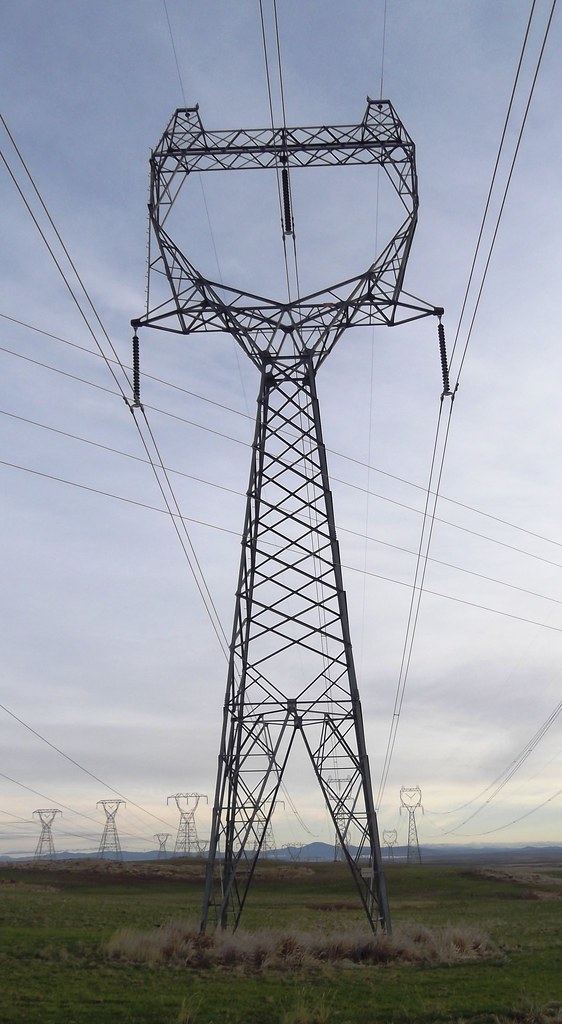
7. **Vulnerability to Power Grid Instability**
An often-overlooked but critical concern for EV owners is their direct reliance on a stable and functioning power grid, which exposes them to unique vulnerabilities not typically faced by drivers of gasoline cars. The context highlights this starkly: “not to mention they cannot charge if there are issues with the power grid.”
This dependency means that during widespread power outages—whether due to natural disasters, extreme weather events, or infrastructure failures—an electric vehicle can effectively become an unusable asset. While gasoline stations may also be affected by power disruptions, many have backup generators, and the ability to store fuel in a vehicle or portable containers offers a degree of resilience that EVs currently lack.
For an EV owner, a prolonged blackout could mean being stranded with a depleted battery, unable to recharge and therefore unable to travel. This scenario represents a significant loss of autonomy and a practical limitation that clashes with the expectation of reliable personal transportation. It introduces a new layer of anxiety, particularly in regions prone to grid instability or severe weather events.
This vulnerability stands in sharp contrast to the reliability and independence generally associated with personal vehicles. The inability to charge during a power grid issue underscores a critical infrastructure dependency that, when compromised, can render the vehicle entirely inoperable, thus becoming a major source of regret and a strong argument for returning to a vehicle powered by a less centralized energy source.” , “_words_section1”: “1948
Read more about: The Dragon’s Ascent: Unpacking China’s Modern Military and Expanding Global Reach by 2025
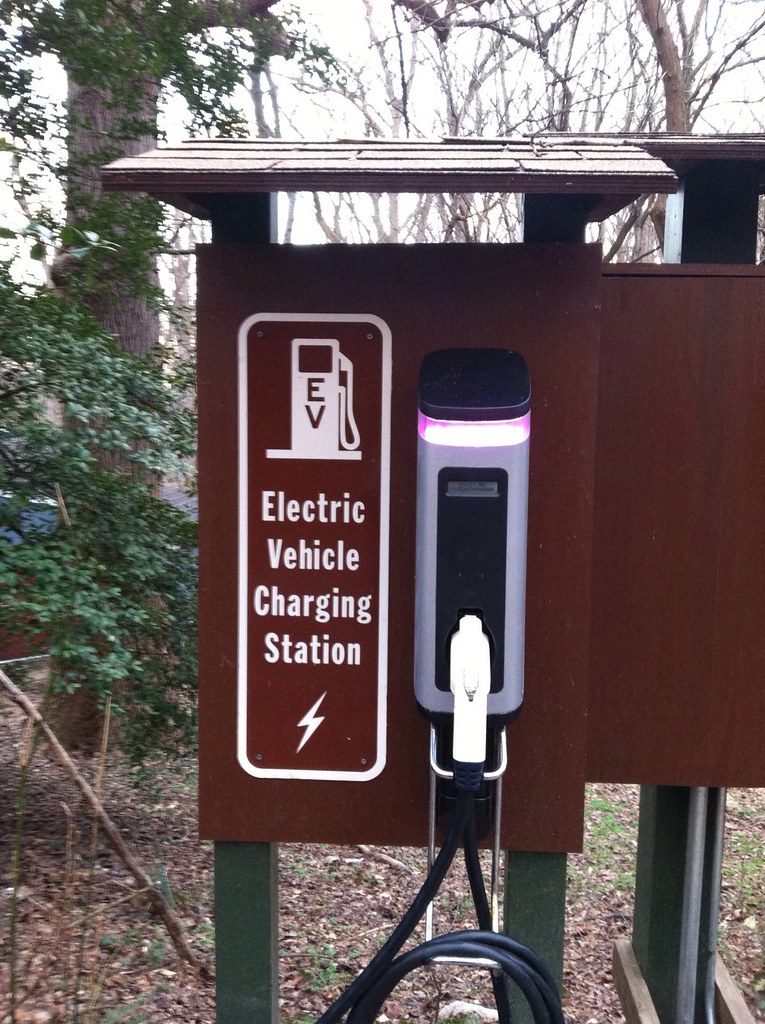
8. **Ineffectiveness of Public Funding Efforts**
While the vision of a robust nationwide charging network is compelling, its realization faces significant challenges, particularly concerning the deployment and effectiveness of public funding. The current administration has allocated substantial resources, with “The Biden Administration spent billions over the past three years to increase charging stations across our nation’s highways.” However, the tangible results fall far short of expectations, as the context reveals, “yet, only seven have been built.” This stark discrepancy between investment and outcome raises serious questions about the efficiency and strategic planning behind these initiatives.
This slow pace of deployment is not just a matter of statistics; it directly impacts consumer confidence and the practicality of EV ownership for the average driver. When billions are funneled into infrastructure with minimal visible progress, it fosters skepticism about the government’s ability to deliver on its promises. For potential EV buyers, especially those relying on public charging, this means continued uncertainty about where and when they can reliably power their vehicles.
Moreover, the allocation of taxpayer money to subsidize charging stations for what some perceive as a niche market has become a contentious issue. The context highlights this sentiment: “the majority of citizens overall do not want to go electric. Why should we force all taxpayers to subsidize stations for those who can go electric?” This sentiment underscores a broader public resistance and a perceived inequity, where those who remain committed to traditional vehicles question the economic rationale of supporting infrastructure primarily benefiting EV owners.
The effectiveness of public funding is thus not merely about the amount of money spent, but how strategically and efficiently it is deployed to meet actual consumer needs and overcome existing infrastructure bottlenecks. Without a transparent and rapid acceleration of functional charging station development, these funding efforts risk being seen as largely ineffective, failing to bridge the gap between policy ambition and real-world utility for EV drivers.
Read more about: Pennsylvania: A Tapestry of American History, From Founding Principles to Contemporary Dynamics
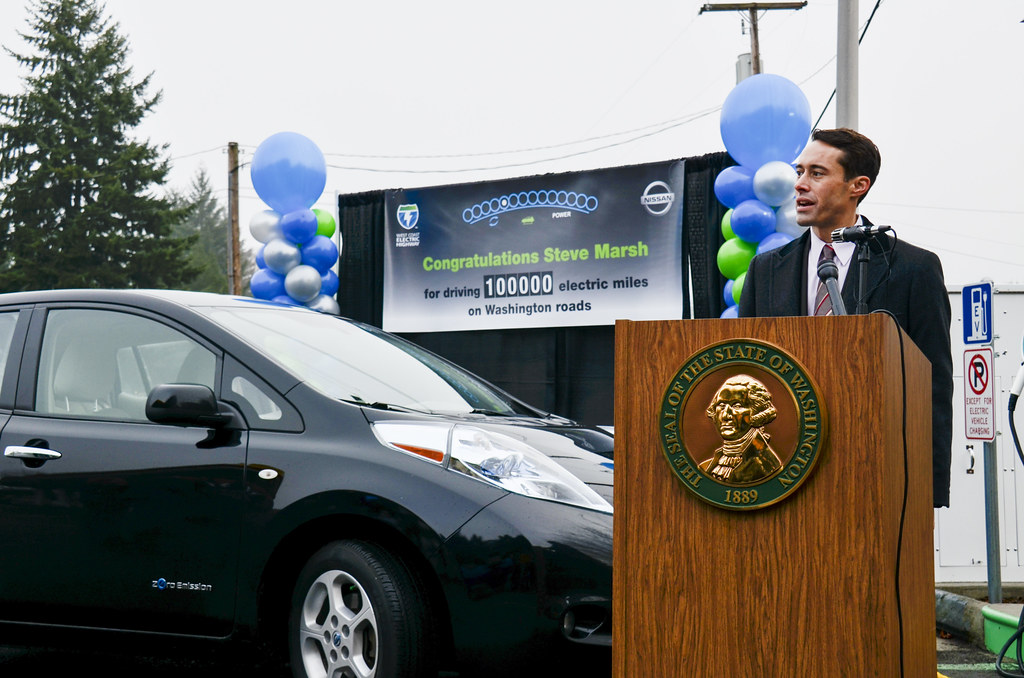
9. **Market Volatility and Depreciation Concerns**
Beyond the immediate operational challenges, many EV owners are confronting a financial letdown centered on market volatility and the unexpected depreciation of their vehicles. This issue, largely stemming from aggressive pricing strategies, has become “another major turn-off for some current owners,” as noted by Kampshoff. The automotive market, particularly for EVs, has seen rapid shifts, with manufacturers frequently adjusting prices, often downwards, to spur sales and remain competitive.
While these price cuts might seem beneficial for new buyers entering the market, they create a significant headache for existing owners. A vehicle purchased just a year or two ago could now be worth considerably less than anticipated, due to a new model or a direct price reduction from the manufacturer. This swift depreciation means that “going electric could mean losing a huge amount of your car’s resale value,” directly impacting the long-term financial viability and perceived investment of EV ownership.
For many consumers, a car represents one of the largest purchases they will make, and its resale value is a critical component of its total cost of ownership. When that value molds rapidly and unpredictably, it undermines the financial security and confidence of the owner. This situation stands in stark contrast to the more stable depreciation curves often associated with internal combustion engine vehicles, leading to buyer’s remorse for those who feel their investment has diminished unexpectedly.
This dynamic creates a difficult environment for consumers, who must weigh the environmental and operational benefits against the risk of substantial financial loss. Automakers and dealers must address this volatility with more transparent pricing strategies and clearer communication about the expected depreciation of EVs to restore consumer trust and ensure that the financial aspect of ownership aligns with expectations.
Read more about: Mechanics Explain: Why 12 ‘Game-Changing’ EVs Are Stalling in the U.S. Market

10. **The Home Charging Conundrum for Apartment Dwellers and Renters**
While home charging is often touted as a significant advantage of EV ownership, providing unparalleled convenience, this benefit is largely exclusive to homeowners with dedicated garages or driveways. For a growing segment of the population—specifically apartment dwellers and renters—the “inability to charge at home for whatever reason” presents a considerable barrier, transforming a perk into a persistent frustration.
The reality for those living in multi-unit dwellings or rental properties is often a lack of access to personal charging infrastructure. Installing a Level 2 charger requires significant investment, permission from landlords or homeowner associations, and access to dedicated electrical circuits, all of which are frequently unavailable or prohibitively complex to arrange. This means that for many, “charging at home remains difficult if you rent or live in an apartment complex.”
Consequently, these owners are forced to rely almost entirely on public charging networks, which, as previously discussed, are often inadequate and unreliable. This dependence negates one of the primary conveniences of EV ownership and places an undue burden on individuals who lack the residential infrastructure to support their vehicle. It effectively pushes them into the “mainstream crowd” of buyers who “rely much on public charging infrastructure,” exacerbating their challenges.
Addressing this home charging gap is crucial for expanding EV adoption beyond the early, wealthier adopters. Innovative solutions are needed for shared parking facilities, rental properties, and urban environments to ensure that the convenience of home charging is accessible to a broader demographic. Without it, the “home advantage” remains out of reach for a substantial portion of potential EV owners, pushing them towards more conventional vehicle choices.
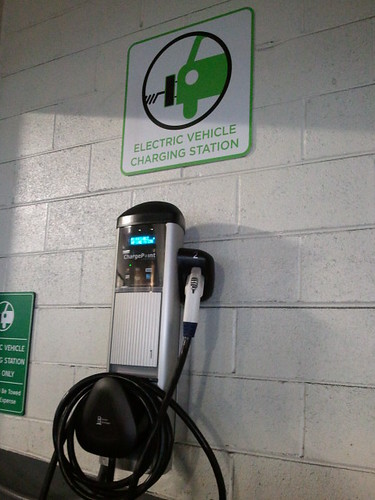
11. **Reliability Woes of Existing Charging Networks**
Even where public charging stations exist, their reliability often falls short of consumer expectations, contributing significantly to buyer’s remorse. The context hints at this frustration with “problems finding working public chargers” and the vivid scenario articulated by Kampshoff: “Imagine having little children in the car and having to do a detour for half an hour to find a fast charger, and it’s not working.” This isn’t just about scarcity; it’s about the functionality and dependability of the available infrastructure.
A common experience for EV drivers is arriving at a charging station only to find chargers that are out of order, incompatible with their vehicle, or simply too slow to be practical. This unreliability transforms what should be a routine stop into a source of stress and wasted time. Unlike gasoline pumps, which are almost universally functional, EV chargers can be a gamble, leading to unexpected delays and the dreaded range anxiety even when stations appear on a map.
This issue is particularly pronounced for the new generation of mainstream buyers, who are less forgiving of such inconveniences than early adopters. As Kampshoff explained, these drivers “probably use their car very similar to the way they’ve used a car before, just by going to public infrastructure. Before, you went to a gas station, and now you’ve got to use a charger. But now they’re realizing, that’s not so easy.” The expectation of seamless service is unmet, causing significant frustration.
Ensuring the uptime and consistent performance of public charging stations is paramount for fostering trust and accelerating EV adoption. Rigorous maintenance schedules, standardized payment systems, and clear communication about charger status are all essential to mitigate these reliability issues. Until public charging becomes as predictable and dependable as traditional fueling, it will remain a significant obstacle for many considering an electric vehicle.
Read more about: EV Realities: 14 ‘Desired’ Features Drivers Thought They Wanted, Now They Regret

12. **The Critical Consumer Education Gap**
One fundamental challenge impeding broader EV adoption and contributing to buyer’s remorse is a substantial “issue of education for buyers who are new to a technology that can be very different from gas-powered cars,” as Kampshoff pointed out. Many mainstream consumers, unfamiliar with the nuances of electric mobility, are entering the market without adequate preparation or understanding of what EV ownership truly entails.
The information gap extends to basic operational aspects such as charging procedures, optimal battery management, and the implications of terms like “kilowatt-hour.” Kampshoff questions, “Are they being told where and how to charge, or how to get a home charger if that’s an option, or what a kilowatt-hour is and what it means for them?” Without this foundational knowledge, new owners are often left to figure out complex charging ecosystems and energy metrics on their own, leading to confusion and dissatisfaction.
This lack of comprehensive education creates a disconnect between the marketing hype and the daily reality of EV life. Consumers might be sold on the environmental benefits and fuel savings, but without understanding the practical adjustments required—like planning for longer charging times or deciphering various charging speeds—their expectations are quickly misaligned with the actual experience. This often results in frustration when they encounter situations that early adopters might have navigated with greater patience or prior knowledge.
Closing this education gap is critical. Automakers, dealerships, and even public information campaigns have a responsibility to provide clear, actionable guidance that demystifies EV ownership. Empowering buyers with the knowledge they need to confidently manage charging, range, and maintenance will go a long way in reducing unexpected challenges and fostering a more positive long-term ownership experience.
Read more about: Boomer Vehicles? Nah: 15 Wild Reasons Younger Generations Are Saying ‘Hard Pass’ To Car Ownership

13. **Dealership Reluctance and Its Impact on EV Adoption**
The pathway to widespread EV adoption is also hindered by the crucial, yet often underestimated, role of car dealerships. As the primary interface between automakers and consumers, their approach to selling electric vehicles significantly shapes buyer perception and experience. However, the context suggests a systemic issue: “many—but certainly not all—car dealers have been historically reluctant to sell EVs.”
This reluctance stems from several practical and financial considerations for dealerships. Selling EVs often “comes with expensive charging investments” for their own premises, requiring upgrades to power infrastructure and the installation of demonstration chargers. Furthermore, the simpler mechanical nature of EVs means “potentially losing out on repair revenue,” which traditionally forms a significant portion of a dealership’s aftermarket business. These economic disincentives can lead to a less enthusiastic sales push for electric models.
When dealerships are hesitant, it translates into a less informed and less supportive sales experience for potential EV buyers. If sales staff are not adequately trained or incentivized to promote electric vehicles, critical information about charging, incentives, and real-world performance may not be effectively communicated. This leaves buyers, particularly mainstream ones, without the expert guidance they need, contributing to the education gap previously discussed.
The automotive industry’s reliance on “dealer partners” to educate customers about new vehicles means that the success of the EV transition is intrinsically linked to dealership engagement. Automakers need to find ways to incentivize and equip dealerships to become enthusiastic proponents of electric mobility, ensuring they are not just selling a product, but also providing the comprehensive support and education necessary for a positive customer journey.
Read more about: Beyond the Hype: 14 Classic Cars That Haven’t Held Their Value in Today’s Market

14. **Divergent Expectations of Mainstream Buyers**
The current wave of electric vehicle buyer’s remorse is intrinsically linked to a fundamental shift in the demographic of EV purchasers, leading to “divergent expectations” compared to earlier adopters. The market is now targeting “a more mainstream crowd: lower- and middle-income buyers, people who want practical everyday cars and total newcomers to the electric world.” These individuals approach vehicle ownership with different priorities and less tolerance for inconvenience than their predecessors.
Early EV adopters were often “wealthier, single-family homeowners who often purchased Teslas and were more forgiving of initial inconveniences.” They frequently had multiple cars, dedicated home charging, and a keen interest in new technology, allowing them to absorb the early-stage quirks of EVs. In contrast, mainstream buyers, including those with “young families” and an average age around “36 years old,” are seeking a primary, reliable mode of transport that seamlessly integrates into their busy lives.
These newer buyers are “experiencing a much tougher situation” because they “probably use their car very similar to the way they’ve used a car before.” They expect the same level of convenience, reliability, and affordability as traditional gasoline cars, especially concerning refueling and long-distance travel. The frustrations surrounding public charging, range anxiety, and even the higher initial costs resonate more deeply with this group, who often lack the fallback options or financial cushions of early adopters.
To sustain growth, the EV market must genuinely meet the practical demands of this mainstream demographic. This requires more than just aggressive financing deals; it necessitates a robust and dependable infrastructure, clear educational resources, and vehicles that offer a truly competitive and hassle-free ownership experience for everyday use. Acknowledging and addressing these distinct expectations is paramount for preventing further buyer’s remorse.
Read more about: Boomers Cherish These 15 Classic Cars, Yet Millennials Remain Unmoved: A Deep Dive into Generational Automotive Divides

15. **The Broader Implications of Buyer’s Remorse for EV Momentum**
The alarming statistic that “nearly half of EV owners globally are experiencing buyer’s remorse,” with “46% of those polled in the U.S. indicating they are ‘very likely’ to switch back to a combustion engine,” is more than just a headline; it represents a significant challenge to the sustained momentum of the electric vehicle transition. While Kampshoff advises “not to get ‘stuck on that headline’,” he also acknowledges it as “a bit of a clear warning signal that we need to fix these issues quickly.”
This “switch back” phenomenon directly contradicts the “conventional wisdom in the automotive world: That once people go electric, they almost never go back.” If a substantial portion of current EV owners are actively considering reverting to gasoline vehicles, it suggests a profound dissatisfaction that could impede the widespread adoption necessary for environmental goals and industry transformation. It signals that the current EV experience is failing to meet fundamental consumer expectations for reliability, convenience, and value.
The implications extend beyond individual purchase decisions. A slowdown in EV adoption, fueled by negative word-of-mouth and a lack of confidence, could impact manufacturing investments, policy decisions, and the overall pace of decarbonization. As the market attempts to reach “a more mainstream crowd,” this current wave of buyer’s remorse serves as a crucial feedback mechanism, highlighting the urgent need for automakers, infrastructure providers, and policymakers to collaboratively address the pain points.
Ultimately, preventing this “warning signal” from becoming a systemic crisis requires a concerted effort to enhance the entire EV ecosystem. Focusing on resolving infrastructure gaps, improving reliability, ensuring financial predictability, and empowering consumers with comprehensive education will be vital. Only by delivering a truly superior and hassle-free experience can the industry re-establish confidence and secure the long-term future of electric mobility.
Read more about: The Shifting Automotive Landscape: Why Used Car Values Are Collapsing, and What It Means for Buyers and the Economy
The road ahead for electric vehicles, while undoubtedly paved with innovation and potential, is not without its significant bumps and detours. The candid feedback from a growing segment of EV owners—those grappling with charging frustrations, financial surprises, and unmet expectations—serves as a vital compass. It points towards an urgent need for the industry to move beyond early adopter enthusiasm and genuinely cater to the practical realities of the mainstream consumer. The future of electric mobility hinges not just on technological advancements, but crucially, on building an ecosystem that is dependable, affordable, and effortlessly integrated into everyday life, ensuring that buyer’s remorse transforms into widespread satisfaction.


